-
Posts
2.320 -
Joined
-
Last visited
-
Days Won
71
Posts posted by Genava55
-
-
6 hours ago, Foxooo said:
A catchy, memorable name helps with word-of-mouth marketing. "0 A.D." isn't particularly catchy or easy to recommend quickly without further explanation
I disagree with you.
-
 2
2
-
-
A video about RTS games in French
-
Did the Mamluks really ride on camels, like we see in Age of Empires II? Did they fire arrows or throw scimitars? From the exhibition "Mamluks 1250-1517," curators Souraya Noujaim and Carine Juvin analyze this video game franchise and the representation of this warrior elite, described by Adam Isgreen, Creative Director of World's Edge, the studio behind the "Age of Empires" franchise. From June 10 to July 11, an exceptional program of content and events produced in partnership with World's Edge, Xbox and the Louvre Museum is available to the public!
-
-
-
-
A useful document:
https://hal.science/hal-03117028v1/file/Proposition d'inscription Nisa TURKMENISTAN.pdf
This is for adding the Fortress of Nisa to the UNESCO.
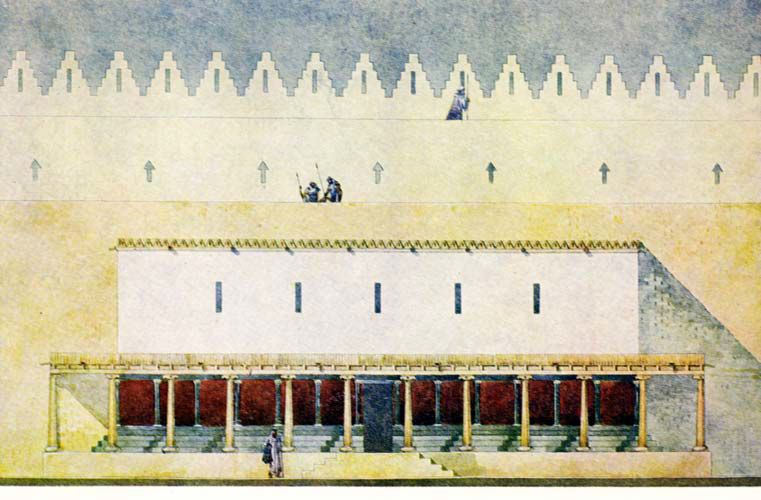
-
 2
2
-
-
On 29/03/2025 at 12:08 AM, Grautvornix said:
In DelendaEst there is the additional concept of slaves (with a limited lifetime due to the hard life they are forced to endure). Could that be the additional working unit you are looking for?
Implementing a feature based on slavery could make a lot of differences. Firstly, it would be much more realistic and historical. Secondly, it would bring more differences between civilisations because they didn't practice slavery in the same way. Thirdly, slaves could be much more efficient at harvesting resources. The citizen soldier would therefore be more versatile and more defensive.
-
 4
4
-
-
14 minutes ago, Deicide4u said:
While I'm in the minority that believes the change was good, attacking buildings without siege or a good number of elephants is currently a waste of time (in vanilla version, not Community mod).
Change is not inherently bad. It's just bad execution.
There is clearly room for improvement in the implementation of territory and capture features. Changing the default is understandable.
-
 1
1
-
-
22 minutes ago, Deicide4u said:
AoE is not open-source. It is also rather bland with every civilization feeling the same. I'm talking mostly about AoE2 here. AoE3 and 4 are not my cup of tea.
Age of Empires has always had many excellent mods. The only constraint is that the definitive edition now receives numerous updates, which discourages modders.
-
Honestly, it was probably one of the clumsiest and most immature changes ever made.
Currently it is a hidden feature most new players won't see and understand.
The information is buried in the manual and the list of hotkeys.
Clearly, it should have a button in the UI.
Don't forget that you're in a bubble and that other people don't follow all your discussions all the time.
-
 2
2
-
-
-
4 hours ago, Emacz said:
but were they actually used to fight enemies or more purely entertainment for Rome?
Not really. Most of the accounts are rebellions against Rome, like Spartacus and Sacrovir.
I think there is an account when Otho and Vitellius fought against each other, they recruited gladiators. But I don't think they fought with their gladiatorial weapons.
We know however that experts from the Gladiatorial schools participated to the training of legionaries in the army, to teach them the use of weapons.
-
1 hour ago, Stan` said:
@Genava55 that last image, the helmets are medieval not roman right ?
It is based loosely from a Roman bronze figurine depicting a sort of gladiators, generally interpreted as Crupellarii:
In 21 AD during the reign of Emperor Tiberius, two Gaulic nobles named Julius Florus and Julius Sacrovir revolted against the Roman Empire. The revolt was a result of the denial of frequent petition for tax relief and debt forgiveness among Gaulic debtors. Florus and Sacrovir managed to raise an army of 40,000 rebels, some of whom were professional gladiators. Among those gladiators was the Crupellarius, a class of gladiator that was particularly popular in Gaul. The Crupellarius was a heavily armed and armored gladiator who was typically a very tall, large, and muscular man. Florus and Sacrovir placed the Crupellarii as the front ranks of their army, where they were to act as human tanks, pummeling and bashing through the Roman ranks. Once in battle, the Romans found that their gladii and pilum (javelins) were practically useless against the Crupellarius’ heavy armor. Thus, Roman soldiers retrieved their engineering tools such as axes, adzes, and pickaxes. Using them as weapons the Romans were able to pierce the Crupellarius’ heavy armor and batter down the behemoths. Once the Crupellarii were defeated, the remaining Gaulic rebels were slaughtered.
QuoteIn addition were some slaves who were being trained for gladiators, clad after the national fashion in a complete covering of steel. They were called crupellarii, and though they were ill-adapted for inflicting wounds, they were impenetrable to them [...]
the cavalry threw itself on the flanks, and the infantry charged the van. On the wings there was but a brief resistance. The men in armour were somewhat of an obstacle, as the iron plates did not yield to javelins or swords; but our men, snatching up hatchets and pickaxes, hacked at their bodies and their armour as if they were battering a wall. Some beat down the unwieldy mass with pikes and forked poles, and they were left lying on the ground, without an effort to rise, like dead men.
- Tacitus, Annales, III, 40-46
-
Une vidéo en français sur le Cirque Maxime:
-
Gladiators have evolved considerably, and the ones we know best are from the imperial period.
There are a few books on the subject:
Plates and descriptions:
Plates and descriptions:
Spoiler1. FUNERAL DUELS, CAMPANIA, 4TH CENTURY BC
These three Lucanian warriors of the 4th century BC are
representative of the men who clashed during the funeral games. They are the ancestors of the first gladiators of the Samnites armatura. They are inspired by frescoes discovered in several necropolises around the ancient city of Paestum in Campania.
(1) Lucanian warrior, c.320–315 BC
This figure, based upon a tomb painting in the necropolis of Andriuolo, is a wealthy man, capable of owning a horse and full equipment. His Italo-Chalcidian helmet is spectacular, with a bronze crest, wings and feathers. The artefact is in the Museo archeologico nazionale del Melfese “Massimo Pallottino” (Italy). His breastplate is a white linothorax, worn over a beige tunic. Typical of this region, he wears a large bronze belt, which is a symbol of virility; it remained an accessory for gladiators for centuries. The decorated shield comes from a fresco in the necropolis of Vannulo.
(2) Lucanian warrior, c.350 BC
This warrior is completely naked under his panoply, perhaps for a religious reason. Based on armour held at the Museo archeologico nazionale di Paestum (Capaccio Paestum, Italy), his trilobed armour, typical of the peoples of Samnium, is made up of two similar plates (ventral and dorsal), held by wide bronze straps. With an original crest mount, the helmet also comes from Paestum. His conical shield is made of woven wicker, covered with leather. His weapons are javelins that are intended to be used like banderillas.
(3) Lucanian warrior, 375–350 BC
This man wears neither breastplate nor helmet, and is protected only by a pair of greaves and his shield, the latter a wooden hoplon (or aspis) covered with leather or metal. A bronze belt encircles his highly decorated tunic; the Romans laughed at these colourful tunics. Few frescoes show funeral battles with swords.
(4) Referee, c.365 BC
Funeral duels were conducted under the control of referees, like all athletic competitions. This depiction is based upon a fresco at Paestum. He too wears a bronze belt, along with his loosely draped garment. He wields a long flexible wand to enforce his decisions; it is the symbol of his function. In his other hand, he holds the crown that will be presented to the winner.

2. ‘ETHNIC’ GLADIATORS, 3RD–2ND CENTURIES BC
A relief from Amiternum (see here-here), held at the Museo
nazionale d’Abruzzo (L’Aquila, Italy), undoubtedly shows a ritual fight between two Galli, equipped with special outfits, as the historian Polybius testifies (Hist. III.62.5). The winner will take the feather of his opponent, like a trophy. The typology of certain weapons indicates a Celtic origin, and a dating between the 3rd and 2nd centuries BC.
(1) Gallus, 3rd–2nd centuries BC
The man’s head is bare, surrounded by a band in which a feather is stuck. He wears a short chain-mail shirt, an invention of the Celts, and a leather belt with an iron chain for hanging a Gallic sword, with a fabric belt placed over the top. A bronze greave – a borrowing from the Italic tradition – protects his left leg. His right hand is protected by a leather mitt.
(2) Gallus assistant
This young man is not Gallic. He only assists the Gallus in his duel, giving him spears and allowing him to continue the fight when the previous spear is broken or lost.
(3) Gallus, 2nd century BC
This Gallus is based upon a depiction on a stone urn (see here) kept at the Musée Calvet (Avignon, France). He is naked, to correspond to the stereotype of Greco-Roman literature. His flat shield is rectangular, but it could have another shape. The torque he wears was found in Fenouillet (France). His weapon is a sword, attached to the belt with a metal chain.
(4) Thraex, start of 2nd century BC
Captured in Thrace by the Romans, this prisoner of war is based on a depiction in the Sashova mogila tomb (Kazanluk, Bulgaria). His weapon is the long, almost straight scythe called a romphaia; it will shorten over time, to become the sica. His helmet is in the Phrygian style, characterized by the globular crest; the cheekpieces simulate a beard.
(5) ‘Celto-German’ gladiator, late 2nd–early 1st century BC
The Roman historian Sallust testifies to the existence of many Germans in the army of Spartacus. They are surely the descendants of the vanquished of the great migration of Cimbri and Teutons, augmented by other Celto-Germanic peoples. This figure is inspired by a bronze situla found in Pompeii. The torque is reproduced from an artefact from Tayac (France). The sword’s round pommel suggests the use of a Roman sword in place of an ‘ethnic’ sword. At this time, the outfits gradually became less ‘ethnic’, and more codified. The decoration of the hexagonal shield is visible on the situla. It also shows two spears. We understand that the duel began with the spear and ended with the sword.
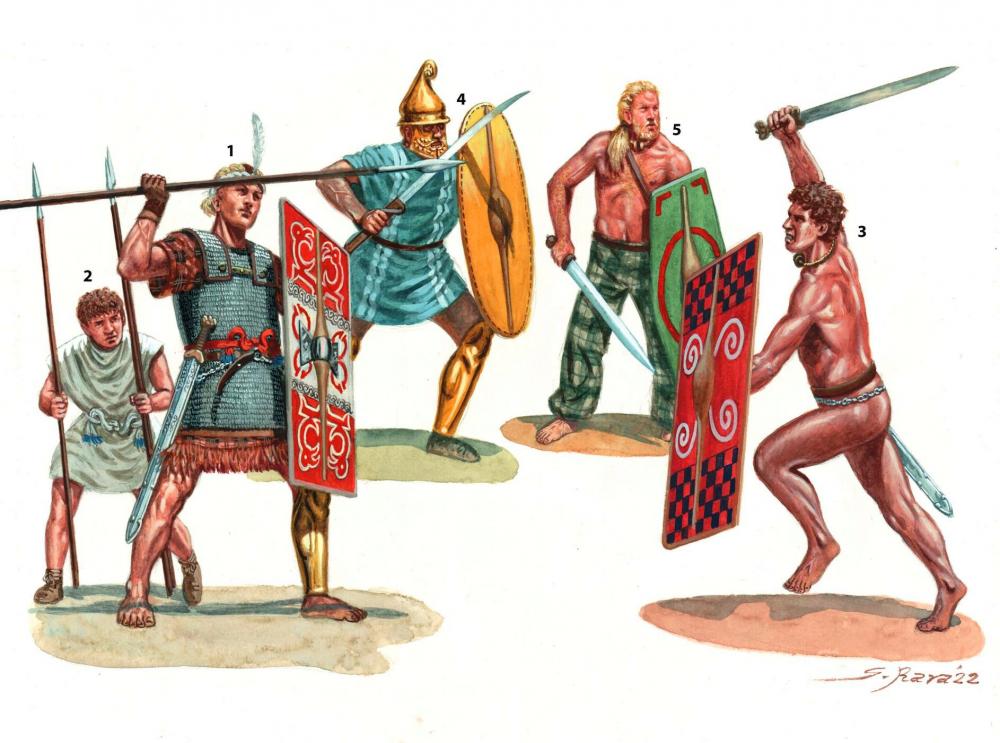
3. GLADIATORS, EARLY 1ST CENTURY BC
This representation is essentially based on a fresco in the House of the Priest Amandus in Pompeii. It illustrates a show in the amphitheatre, as evidenced by the presence of a musician. The fresco is damaged, however, and the armaturae are difficult to identify. The equipment became lighter and standardized in the 1st century BC.
(1) Mirmillo, c.80–70 BC
This man fights topless. His conical helmet looks like a Montefortino model; here it is devoid of metal cheekpieces, and it only has a simple leather chinstrap. His shield, known as the myrmillonicum scutum, is the great scutum of the legionary, but the ends have been truncated to make it lighter. His sword is the long gladius Hispaniensis used by the Roman Army.
(2) Eques, c.80–70 BC
On the same fresco is visible a duel of equites, possibly commemorating the death of Spartacus, as the name ‘Spartaks’is written above the wounded rider. The horse has a Gallic saddle of the style recently adopted by the Roman Army. It is made of leather with four horns, to stabilize the rider without stirrups. The gladiator’s panoply is difficult to identify. He wears a linen breastplate, extended by pteryges, inspired by contemporary sculptures from the temple of Juno Sospita in Lanuvium (modernday Lanuvio, Italy). He carries a sword on his left hip, but first fights with a spear. His helmet is an Attico-Boeotian model, characterized by its large wavy brim; the sheet-metal crest simulates a horsehair crest. Like all equites of the 1st century BC, he wears long hair. His shield is a parma equestris formed from cowhide; its large diameter will be reduced under Augustus. Its white colour is visible on a frieze from Pompeii. The eques wears shoes, unlike other gladiators.
(3) Essedarius, c.100 BC
This reconstruction is hypothetical, as there is no image of an essedarius on a chariot; this depiction is based on the archaeological record. As the gladiator cannot both fight and drive the chariot, it is driven by a coachman. After a phase fighting with javelins or the spear, the essedarius continues the combat on foot. The sword used by this prisoner of war has a rounded end, as it is intended to strike with the edges only. This particular form of fencing will justify the survival of this armatura, but the chariot will be definitively abandoned.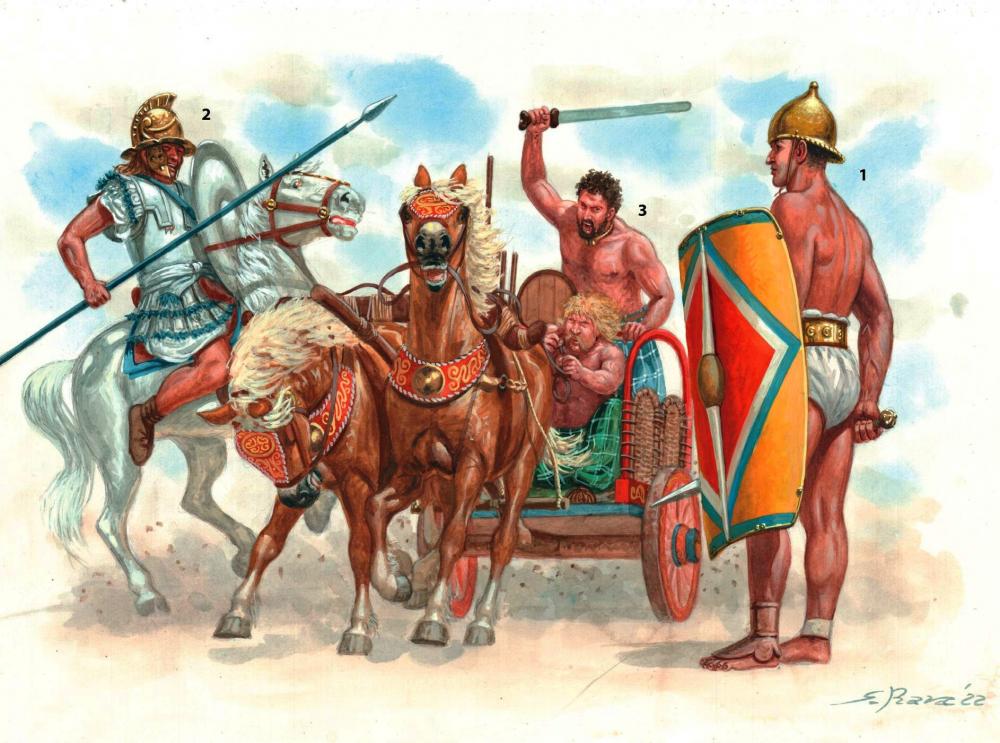
4. THE FIRST ‘TECHNICAL’ GLADIATORS, MID-1ST CENTURY BC
After the revolt of Spartacus, gladiatorialism was reformed to ensure its survival. The barracks were now also open to volunteers, and new armaturae appeared to increase the variety of combat.
(1) Hoplomachus, c.50 BC
This representation is based on a bas-relief in the Museo Stefano Bardini (Florence, Italy), which probably dates from the middle of the 1st century BC. The hoplomachus fights like a hoplite, with a lenticular shield and a spear. If he loses his long weapon, then he uses a sword. At that time, it was the gladius Hispaniensis used by the Roman Army. The three-lobed pommel is characteristic of this period. The diameter of the shield is still large. Its decoration is copied from a frieze of painted weapons from Pompeii. The gladiator wears a style of tunic known as the exomis, which reveals one shoulder. His Attico-Boeotian helmet is based upon an original held in the Museum für Kunst und Gewerbe Hamburg (Germany). His Greek-style greaves encompass the entire leg, and close behind the calf; leather gaiters prevent them from slipping down. On his right arm he wears an armband made of leather straps on a sheepskin sleeve.
(2) Sagittarius, c.50 BC
In the same bas-relief held at the Museo Stefano Bardini, two archers fight one another. Widely used in the Balkans, this man’s conical helmet is a Hellenistic model surmounted by a moulded point. His loincloth is made of fur; it is worn with a bronze belt. His left arm is protected by a leather armband. The bow is a small model, with a double curvature. The number of hand-held arrows appears to be limited to three. The archer uses a thumb ring to tighten the string.
(3) Samnis, c.50 BC
This Samnis is reproduced from a frieze of weapons from Pompeii (see here), and an anachronistic description by Livy. He wears a leather doublet, reinforced by a square bronze pectoral. Livy confirms its use; he calls it spongia pectori tegumentum – literally ‘the sponge that covers the chest’ – because it ‘absorbs’ the blows of the opponent. His helmet is a Hellenistic model, with a feather on top. His shield is wider at the top, to cover his upper body, and narrower at the bottom, so as not to interfere with his legs. Initially, he fights with metal banderillas, using his sword subsequently.
(4) Thraex, c.50 BC
This Thraex is inspired by the bas-relief held at the Museo Stefano Bardini, and the frieze of arms of Pompeii. On the latter, we see a red Phrygian cap in sheepskin, the bottom of which is rolled up. His shield is rectangular in shape, medium in size, with classic decoration. He also wears small leather gaiters to better support the metal greaves. His weapon is an evolution of the romphaia, but its size has shortened to the length of a sword, and its curvature has reversed. Its blade has a central groove, and a protruding lug on one side.
5. GLADIATORS AT LUGDUNUM, C.25 BC
The ceramics of a potter from Lugdunum (modern-day Lyon, France) are exceptional, because they show us provincial gladiatorial fights at an early date. Some armaturae, such as the retiarius and the andabata, are visible for the first time.
(1) Andabata, c.25 BC
This man is a blind convict who has agreed to fight against another andabata in order to have a chance to save his own life. He has no shield, only a sword to hit his opponent, and a bell to signal his position. This illustration is based on the only surviving depiction, on a goblet from Lyon. His helmet is a Buggenum model, which appeared around the middle of the 1st century BC. His sword is the Mainz model.
(2) Proto-retiarius, c.25 BC
The first surviving image of the retiarius is also provincial, taken from a shard from an artefact attributed to the potter Chrysippus (Lyon). This man’s panoply is complete and heavy. He wears greaves and an Attico-Boeotian helmet. He cannot wield a shield as his hands are occupied with the net and the trident, so he wears a shirt of chain mail, and a plate placed on the left shoulder. The heaviness of the equipment slows the movements of this proto-retiarius. This first test will not be satisfactory, but it will evolve.
(3) Mirmillo, c.25 BC
The mirmillo fights with a Mainz sword. The decoration of his shield follows a bas-relief from the Collezione Torlonia (Palazzo Orsini, Rome, Italy). Because this man has a large shield, he does not need greaves; instead, he wears a leather gaiter, decorated with criss-crossing thongs. This detail is visible on the Fiano Romano relief. At the end of the 1st century BC, a long scarf was worn under the bronze belt and over the loincloth (perhaps only in Italy). This bronze belt always buckled at the back. Over a protective hood, he wears a spectacular helmet based on an artefact held in the Higgins Armory Museum (Worcester, Massachusetts, USA). A crest of feathers is added in the hollow crest, extended by a ponytail.
(4) Referee, 1st century BC
Gladiatorial fights were watched by two referees; ancient images often show them. He wears a loose white tunic with two vertical stripes, and plebeian shoes. The referee’s ‘tool’, and the badge of his profession, was a long flexible rod, used to castigate the gladiators and ensure obedience.
6. GLADIATORS AFTER THE REFORMS OF 22 BC (i)
In 22 BC, the emperor Augustus reformed gladiatorialism in order to limit the risks to Roman social order. Gladiator gear was undergoing changes at this time, and swords and shields were getting smaller.
(1) Thraex, c.20 BC
At the end of the 1st century BC, the thighs of the Thraeces and hoplomachi were more systematically clad in bands of fabric, or of leather. The bronze greaves now extended beyond the knees, to protect the lower thighs. Indeed, the shield was smaller and squarer; the shield decoration shown here is copied from a bas-relief at the Museo Nazionale Romano (Rome, Italy). On his right arm he wears an armband made with criss-crossing leather bands. His weapon is the long sica. The crest of his helmet, very arched, ends with a griffin’s head, which became a symbol of the armatura. The feathers are removable.
(2) Hoplomachus, c.20 BC
On the Fiano Romano relief, all hoplomachi (but also some Thraeces) have a large bead to weight the end of their ventral fabric band. Is this the mark of their ludus? In surviving depictions these strips of fabric usually have fringes at the end, or nothing at all. Here there is a bead about 4cm in diameter, possibly made of wood. His armband is made of leather bands, but they are assembled in parallel; the closure is done with a lace on the inside of the forearm. His Hellenistic helmet is copied from an artefact from the Detroit Institute of Arts (Michigan, USA); it is very similar to the helmet worn by a hoplomachus on the Fiano Romano relief. His heavy shield is hemispherical and bears a depiction of a gorgon’s head based on a relief in the Musée lapidaire de Narbonne (France). To make the shield easier to hold in a defensive position, it rests on his upper left shoulder, but this is rather awkward and uncomfortable. This is why the hoplomachi equipped their shoulder with padded protection, held in place by strong bandages that surround the torso.
(3) Sagittarius, Lugdunum, c.20 BC
Like other gladiators visible on the shards surviving from artefacts made by the potter Chrysippus, this archer wears a loincloth that appears to be made from a typically Gallic checked fabric. The edge is frayed, to make fringes. His round helmet is a Coolus- Mannheim model, kept at the Rheinisches Landesmuseum Bonn (Germany), in use by the Roman legions at the end of the Republic; it has cheekpieces but lacks a crest, and is surrounded by a band in which are stitched feathers.
(4) Tubicen, c.20 BC
The musicians improvised during the fights. This one is dressed like the referee, with shoes and a braided tunic. Over it, he wears a rust-coloured cape. His instrument is a long, straight trumpet (tuba), about 175cm long, composed of several nested segments made of bronze decorated with silver. A cord is attached to its end. It is kept taut, tied to a finger, so that the trumpet does not come apart. The large mouthpiece gives more power to the instrument.
7. GLADIATORS AFTER THE REFORMS OF 22 BC (ii)
Towards the end of the 1st century BC, and especially after Augustus’ reforms, the images of gladiators become more numerous, because they were also used for imperial propaganda. The equipment of the gladiators is therefore better known to us from that time.
(1) Gallus, c.20 BC
This gladiator is reconstructed from a lead figurine (see here)from the British Museum (London, UK), shards of pottery from Lyon as well as the Fiano Romano relief. He is a provincial gladiator, wearing a checked loincloth. His helmet is a military model, with a lower neck cover; the original was discovered in a Gallic auxiliary tomb in Verdun (Slovenia), dated c.30 BC. His shield is oval and flat, with a Celtic ‘winged’ umbo. His sword is the Mainz model. He wears small leather gaiters. Clearly visible on the Fiano Romano relief, his manica is made from crocodile hide.
(2) Provocator, c.10 BC
This character is copied from the Tiber relief held at the Museo Nazionale Romano. His helmet mixes certain characteristics of
the new military helmets, in particular the cutout around the ears, and the undulations of the neck cover. He wears a pectoral for protection, especially against blows from his opponent’s shield, which is used in a very aggressive manner. It is held by straps that cross at the back; the gorgon’s head was a common decoration. The shield (parma) is smaller than that of the mirmillo. A single greave is worn on the left leg. The sword is the Mainz type.
(3) Eques, c.10 BC
At the start of Augustus’s reign (27 BC), the equipment of the eques became standardized; he now wore a metallic scale breastplate, with two narrow leather shoulder pads. It was a new model at that time, stemming from Rome’s Eastern wars. The
decoration of the belt is visible on a bas-relief (see here) in the Glyptothek (Munich, Germany). The red tunic is copied from a
frieze of weapons, from Pompeii. He is the only gladiator who wears shoes, identical to those of the referees. He fights with the spear or javelins, and then continues fighting on the ground with his sword. The diameter of his parma equestris has shrunk. Its decoration, like the two feathers of its helmets, is inspired by a bas-relief from the Collezione Torlonia. The harness of his horse is the pattern in use at this time.
8. THE LAST GLADIATORS OF THE 1ST CENTURY BC
These last gladiators of the 1st century BC inaugurate different duels, because military swords were abandoned and replaced by
daggers. The weapons were now very short (for most fighters), and the clashes were at close quarters.
(1) Mirmillo, c.10 BC–AD 10
Like all gladiators, this man wears bandages around certain limbs. The leather elements are patterned with perforations; this detail can be seen on the Fiano Romano relief kept at the Antiquarium di Lucus Feroniae (Capena, Italy). Preserved at the Museo archeologico di Terni (Italy), his helmet is an evolution from previous styles: the brim is no longer wavy and the large angular crest suggests that it belongs to a mirmillo. The length of swords decreased sharply at this time; they were now daggers, which necessitated a closer combat. The shield has also been reduced in size, its side edges having been cut to make it lighter. The spina is reinforced with a metallic umbo. The decoration, very military, is visible on a surviving relief.
(2) Samnis, c.10 BC–AD 10
This is perhaps the last version of the Samnis, reconstructed from a bas-relief from Nesce (Italy). His panoply is different from otherknown armaturae. He is wearing a tunic, possibly because he does not have a breastplate; the eques soon made the same transition. His shield is in the form of a pelta and corresponds to Livy’s description, being wider at the top than at the bottom; this shape is often visible on the friezes of weapons. Its decoration comes from a bas-relief from the Musée lapidaire de Narbonne. His dagger precludes the possibility of identifying him as a Thraex. His spectacular helmet is based upon one kept at the Royal Ontario Museum (Toronto, Canada). The bas-relief is broken, however, and we do not know for certain whether this gladiator wore one or more greaves.
(3) Essedarius, c.10 BC–AD 10
This gladiator is reproduced from a bas-relief in the Narodni muzej Srbije (Belgrade, Serbia). The decoration of his bronze belt is inspired by a contemporary statue of a Thraex at the Musée Vivant-Denon (Chalon-sur-Saône, France). In these two ancient depictions, the two gladiators wear a helmet with a mask, in the style of the Roman Army’s cavalry; unlike the cavalry mask, the gladiator’s mask is in two parts. Our painting mixes the details of the two sculptures. This helmet has a wig, held in place by a headband. His armband protects his elbow. His sword lacks a point, which prohibits thrusting. His shield is a military-style curved scutum; its red colour is visible on a frieze from Pompeii.Plates and descriptions:
Bonus:
I hope you find it interesting
-
 1
1
-
-
13 minutes ago, Seleucids said:
Train gladiator champions (which exist as templates but are hidden from the main game)
There is a dedicated thread for them:
-
@wowgetoffyourcellphone would be great for your Roman Principate civ in DE.
-
-
2 hours ago, real_tabasco_sauce said:
Are you talking about the shield boss?
@Obskiuras has a point in the sense a shield generally requires some volume for the handle.
-
 1
1
-
-
16 hours ago, real_tabasco_sauce said:
I like that design @Genava55 but I’d prefer to stick to the original gold form.
By the way the original:
Edit:
You can find more info there: https://gelmir.com/compendium_item/gold-bracteates/
-
 1
1
-
-
6 minutes ago, real_tabasco_sauce said:
I like that design @Genava55 but I’d prefer to stick to the original gold form.
I understand but the idea from EBII was to make a speculative simpler interpretation of a later design, trying to fit it into their timeframe. Since the golden bracteates are generally from the migration period.
7 minutes ago, real_tabasco_sauce said:If we use the face on the ritual pot, it would also make sense to use that dark gold hue.
It is from the Dejbjerg wagon.
-
 1
1
-
-
22 hours ago, Stan` said:
What are the grounds for poison damage ?
-
 1
1
-
-
The only way to test the GUI is to compile from a Git repo?

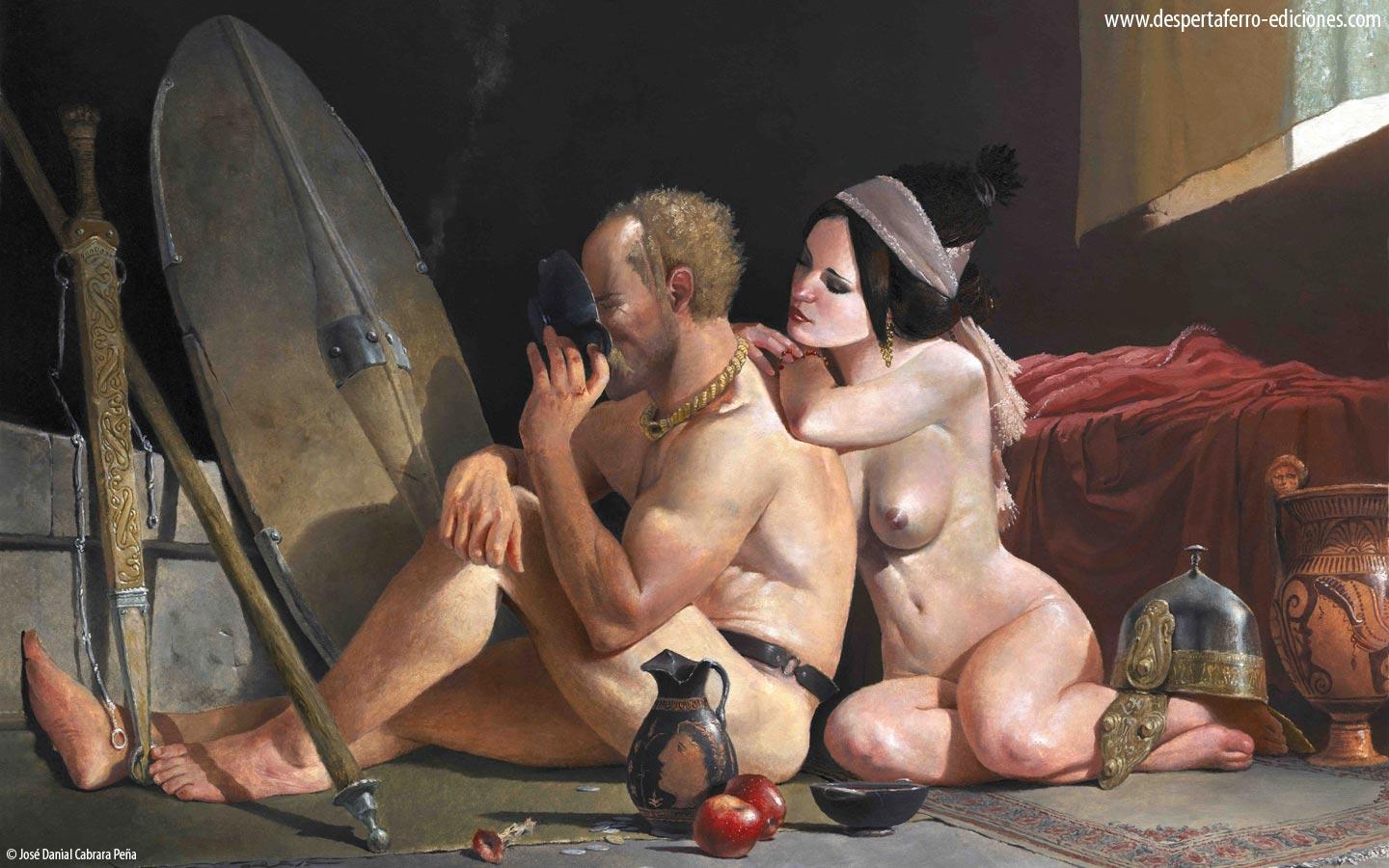
.thumb.jpg.b21ca1d0c15fb56b42c39b25a0a40815.jpg)

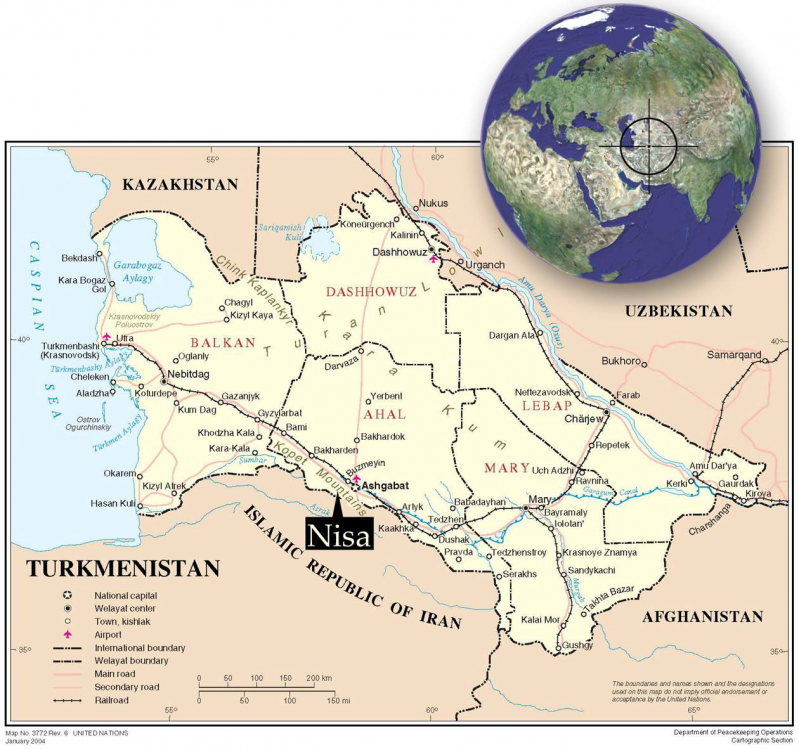

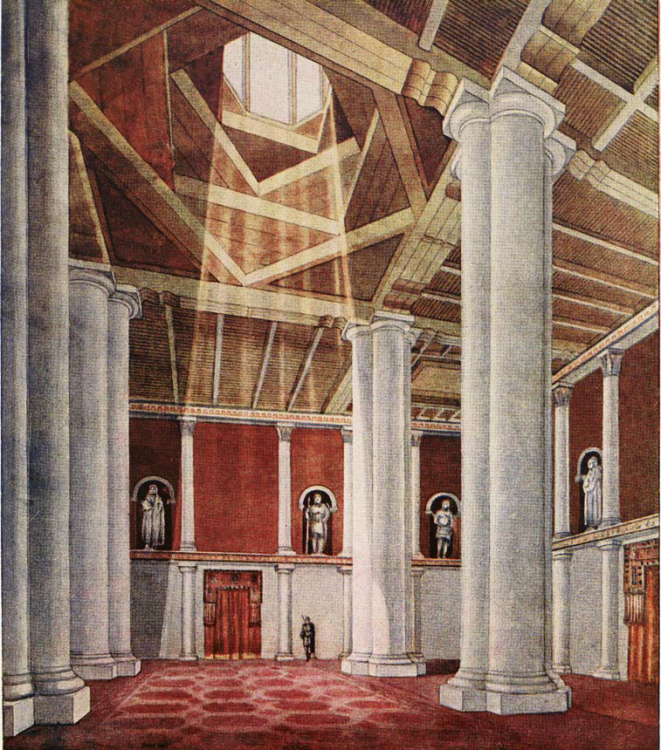
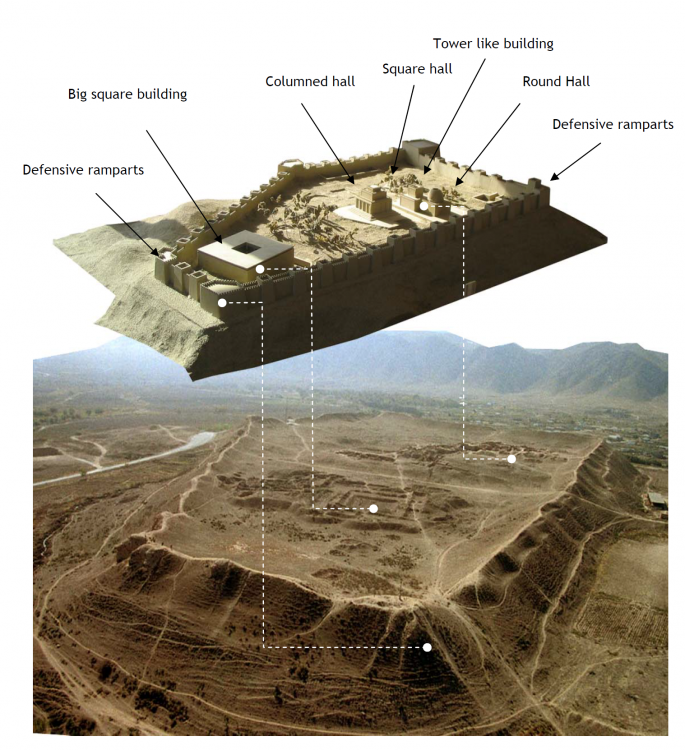
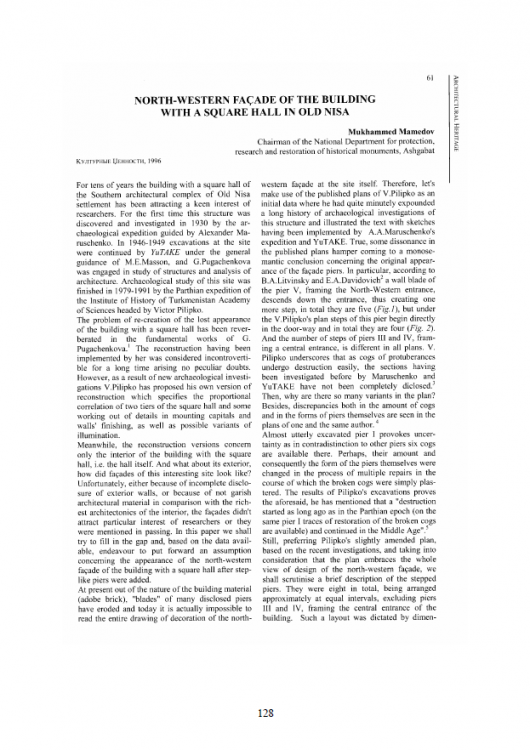

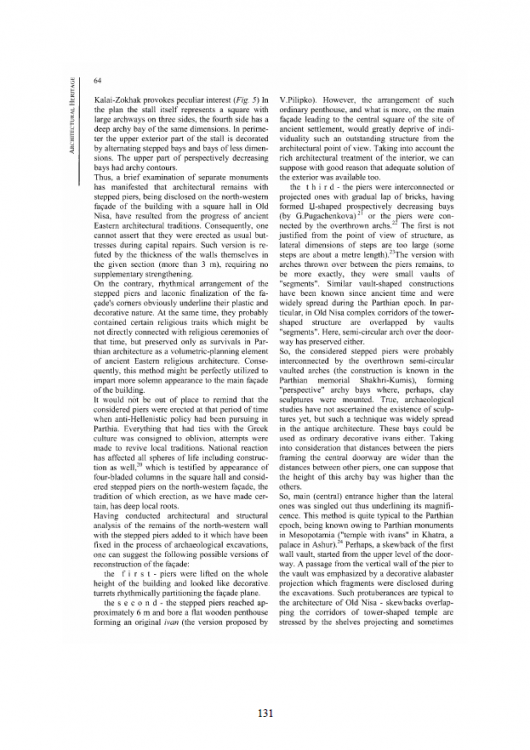
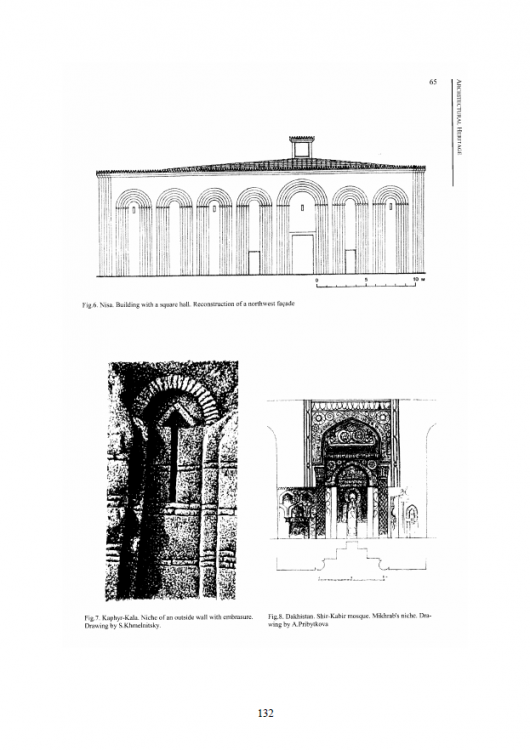
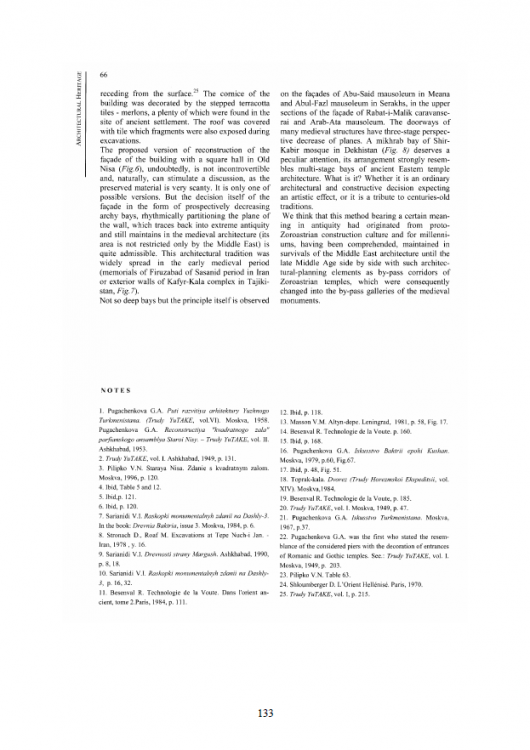



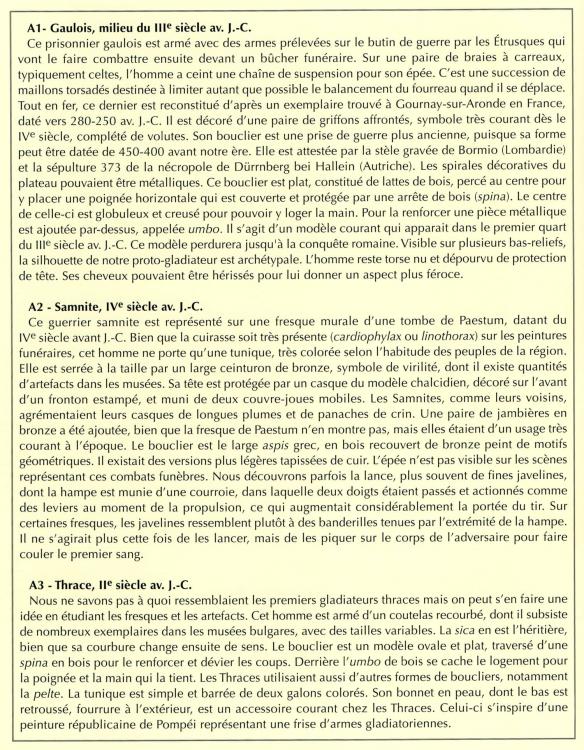
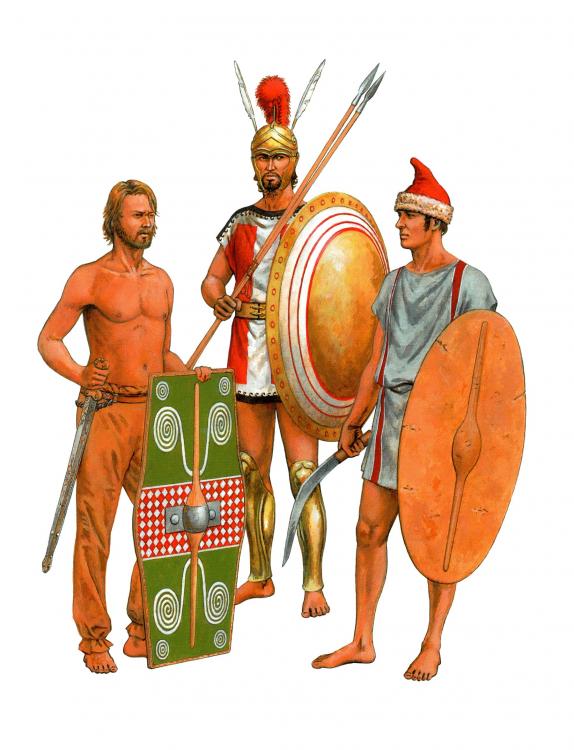
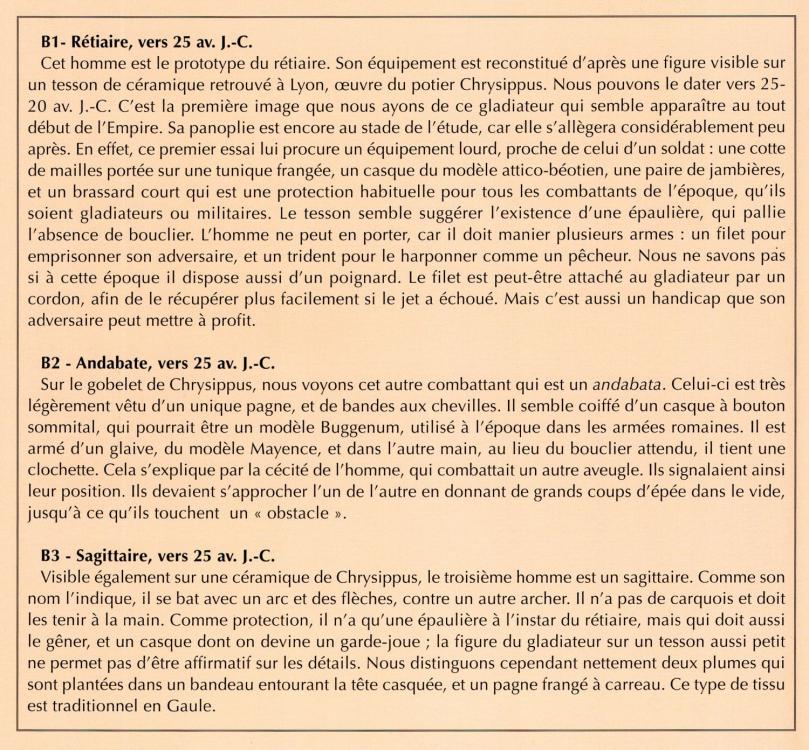

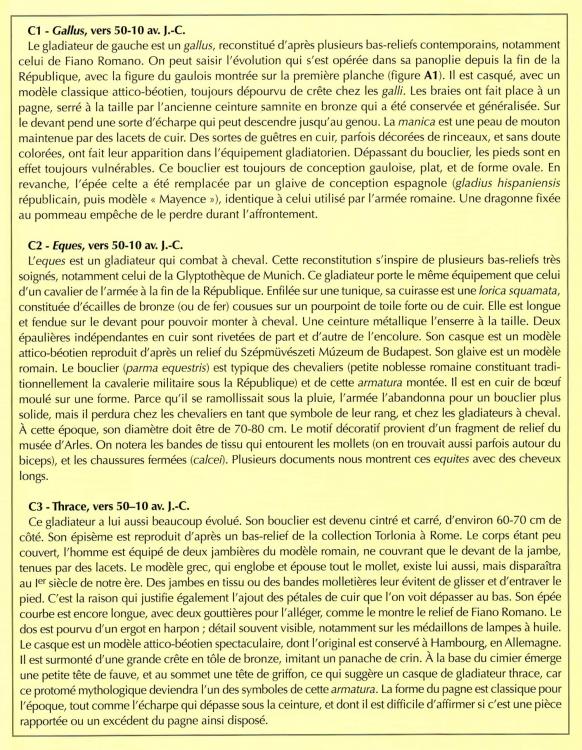
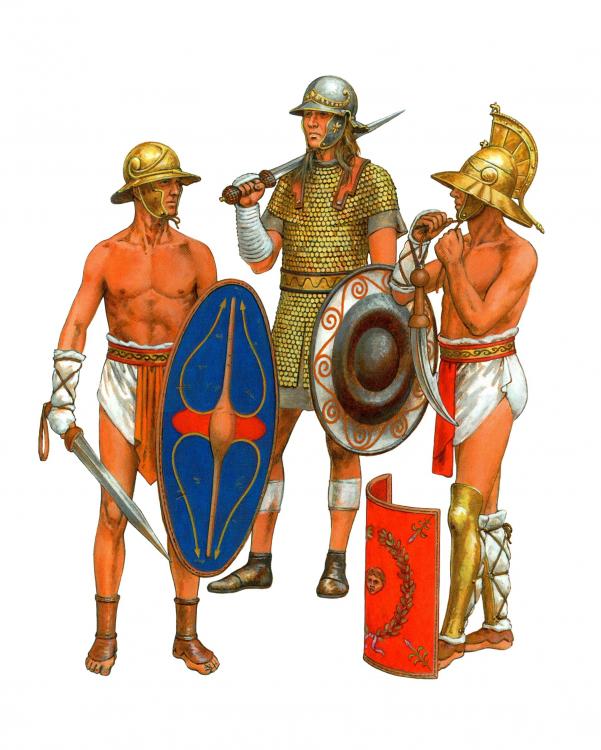
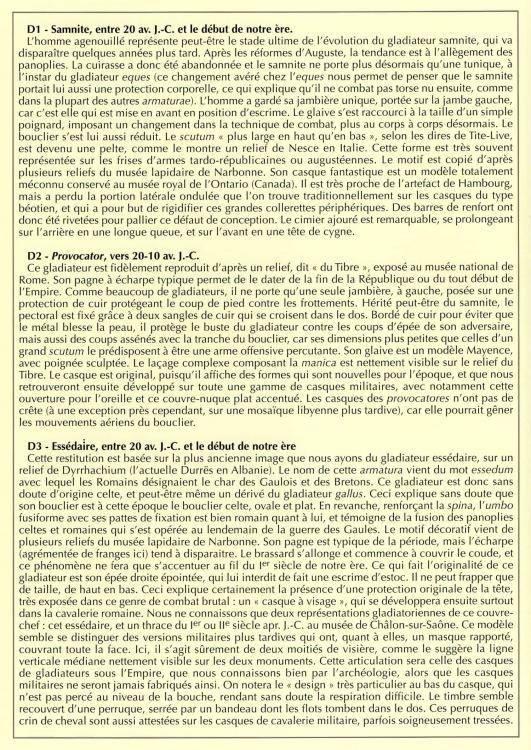

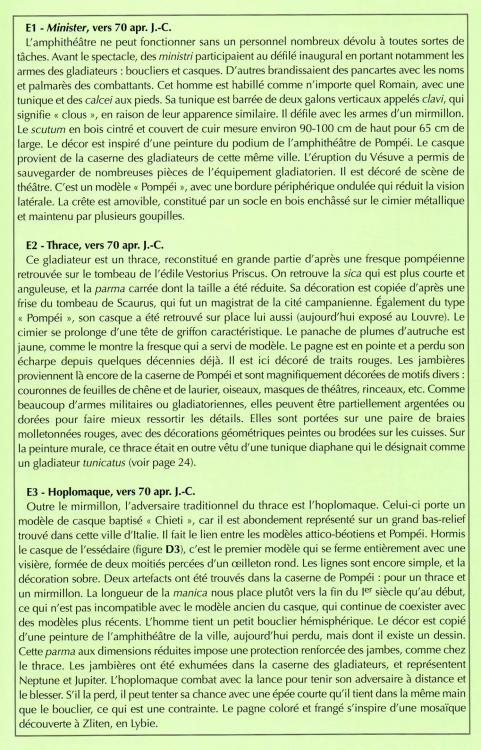
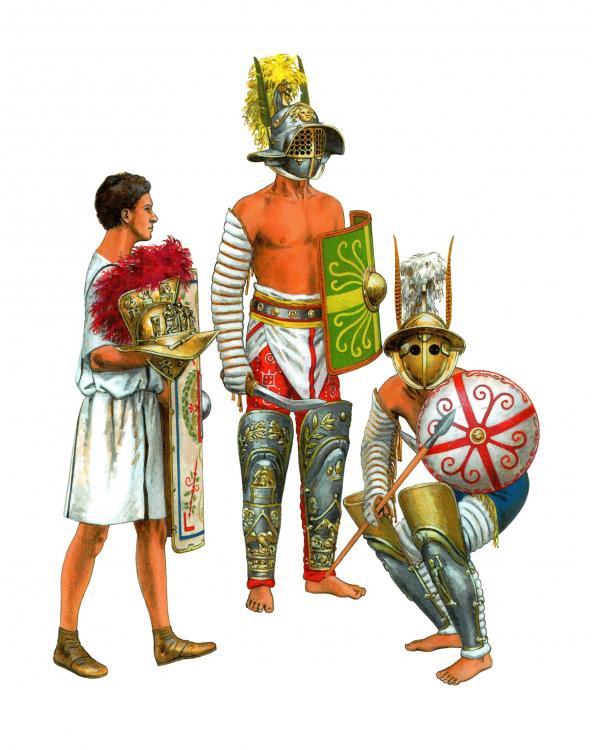
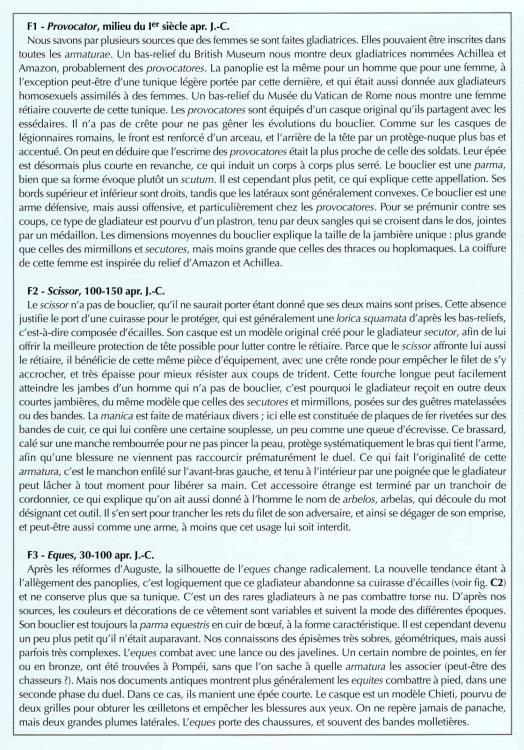
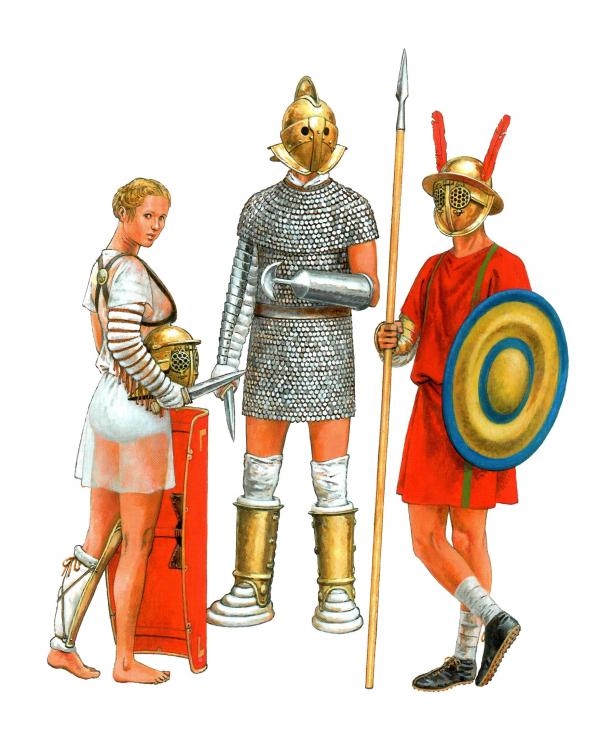

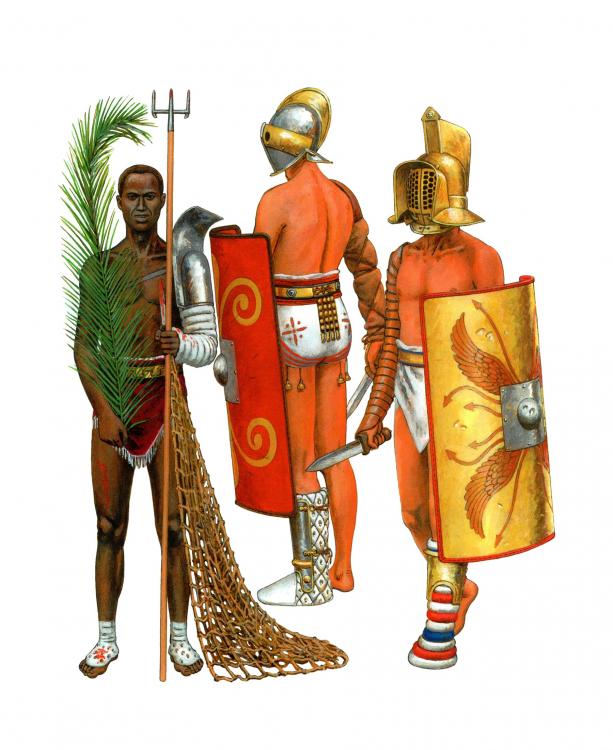
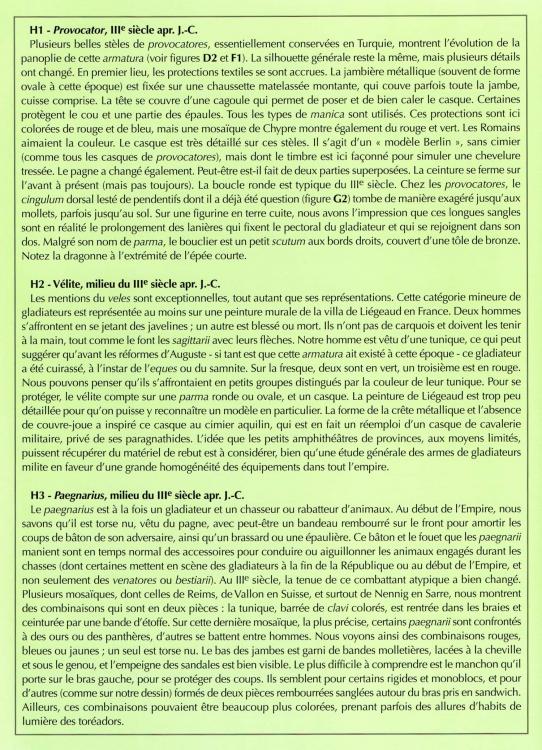

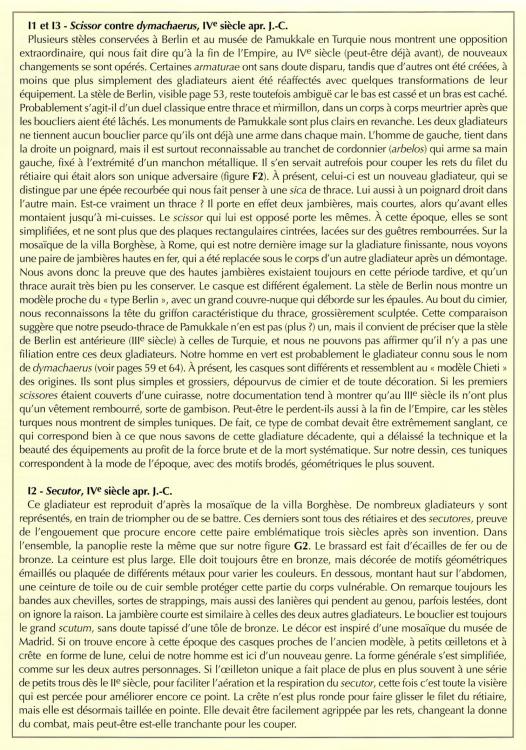
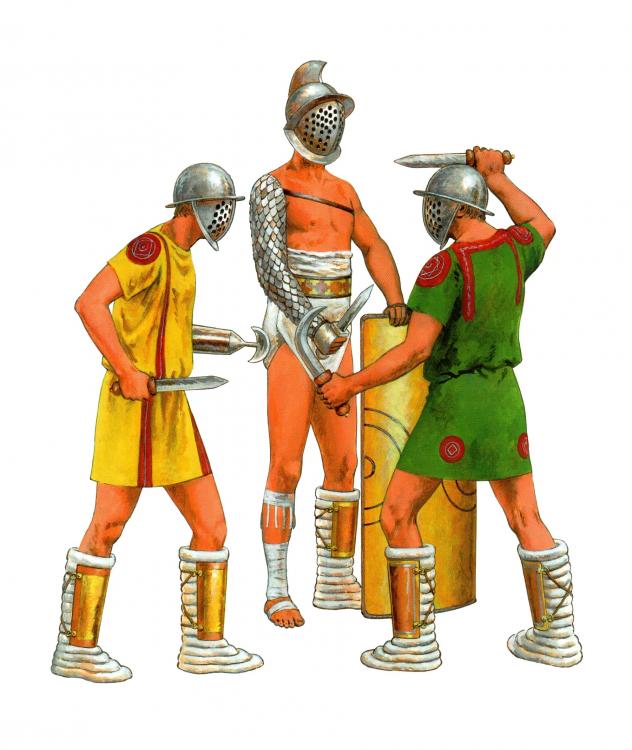
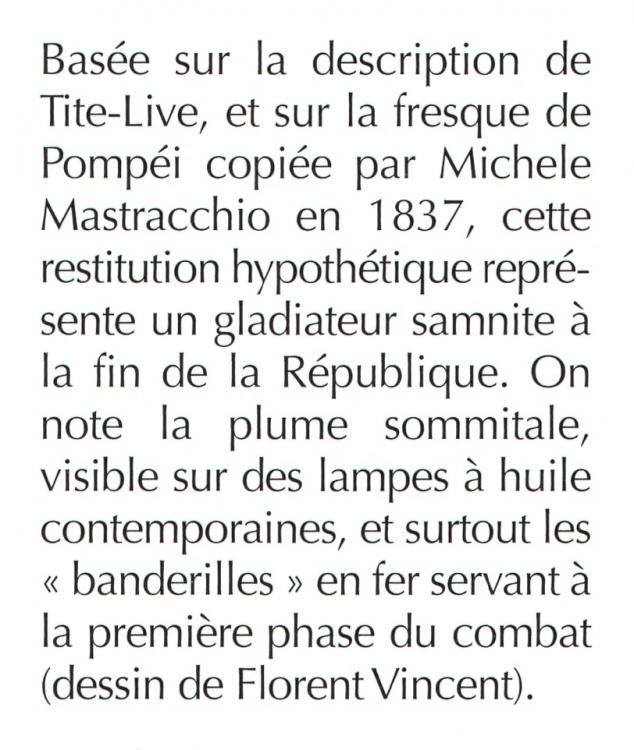


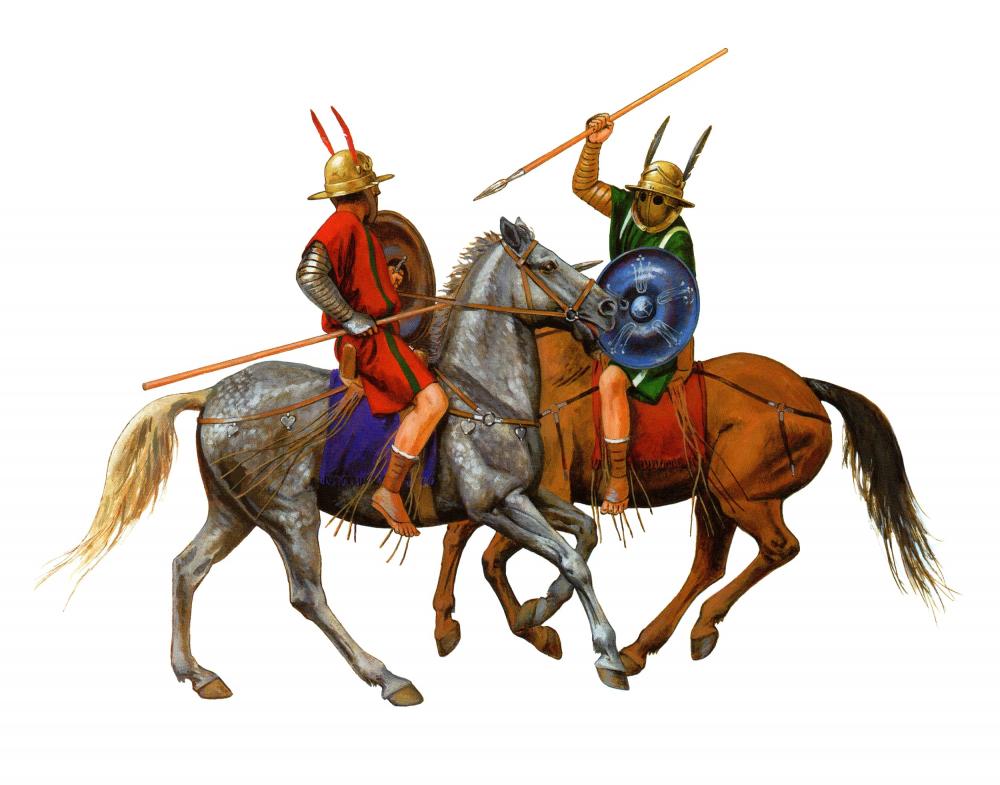

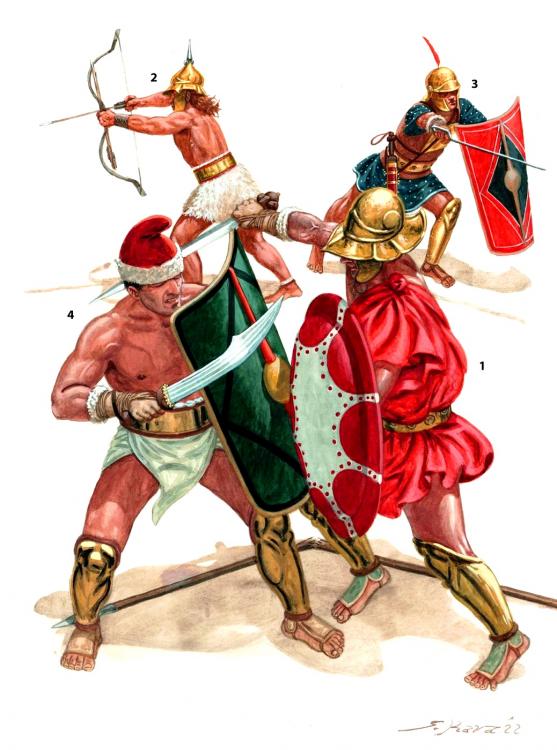
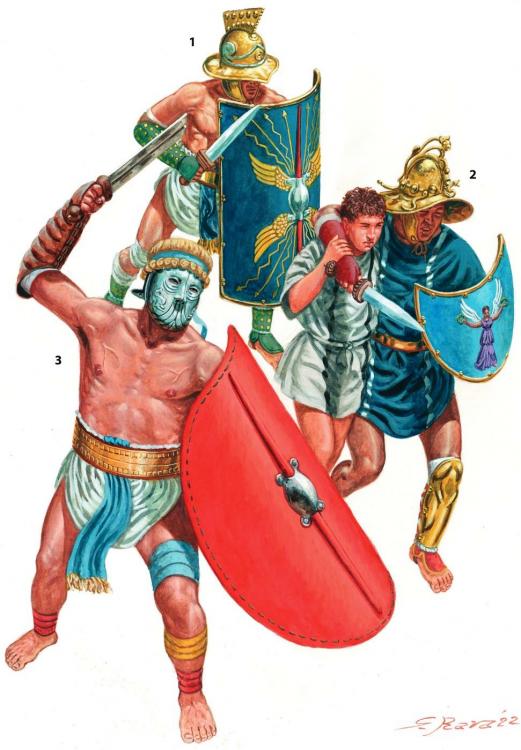
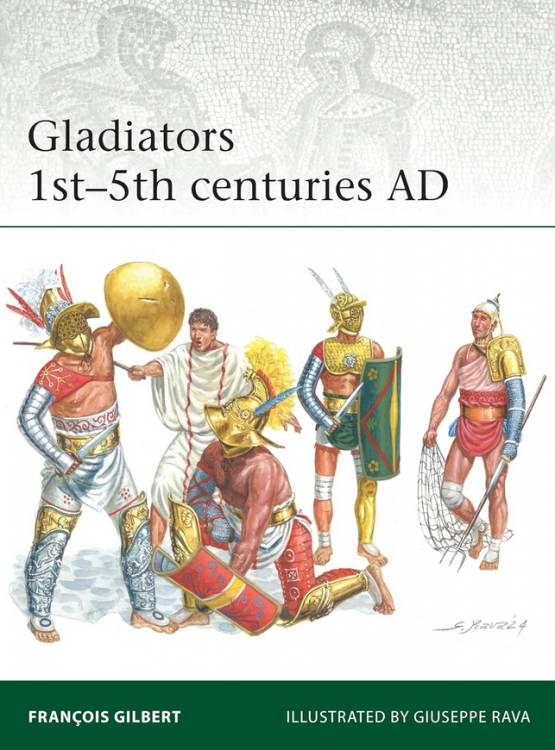
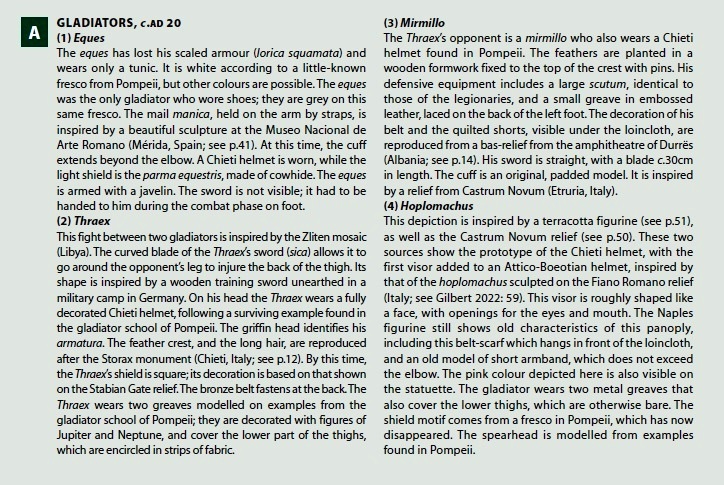
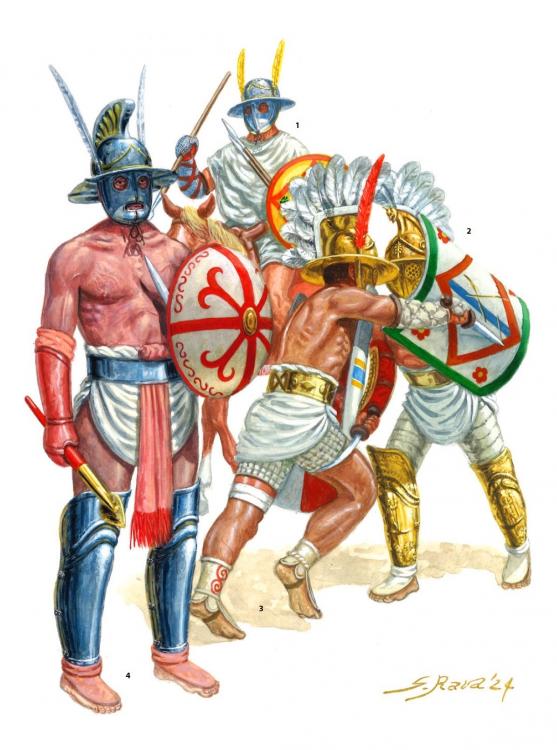
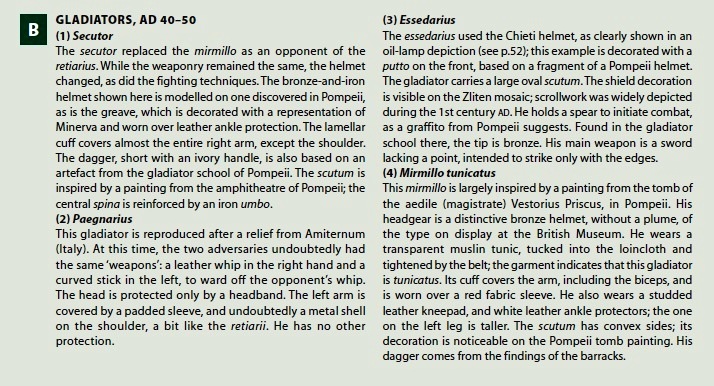
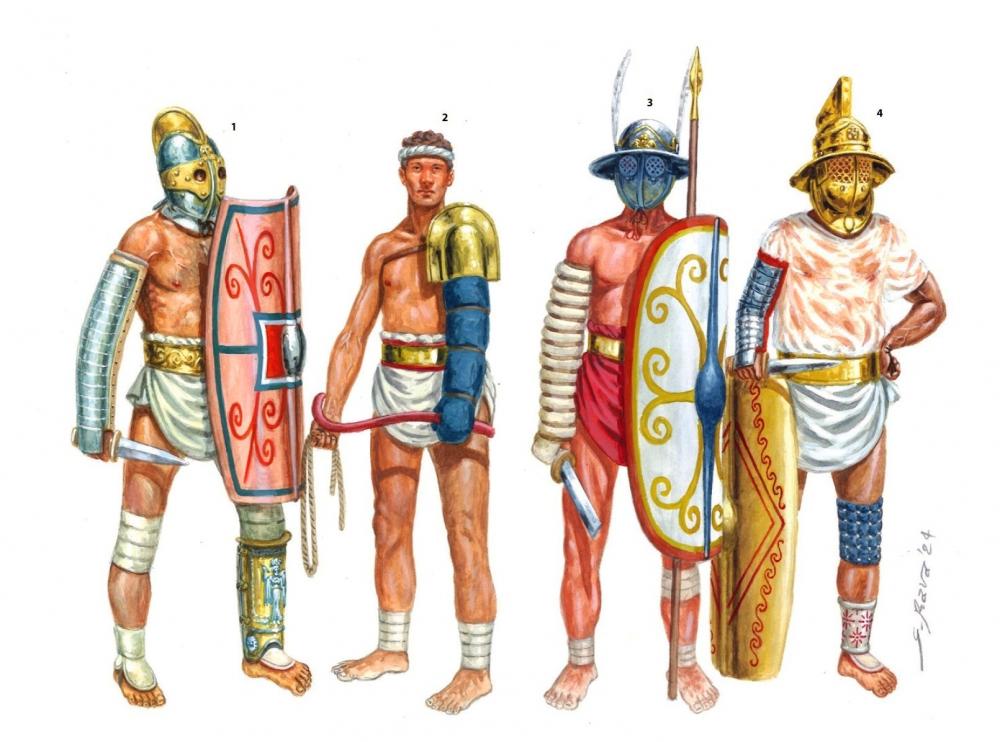

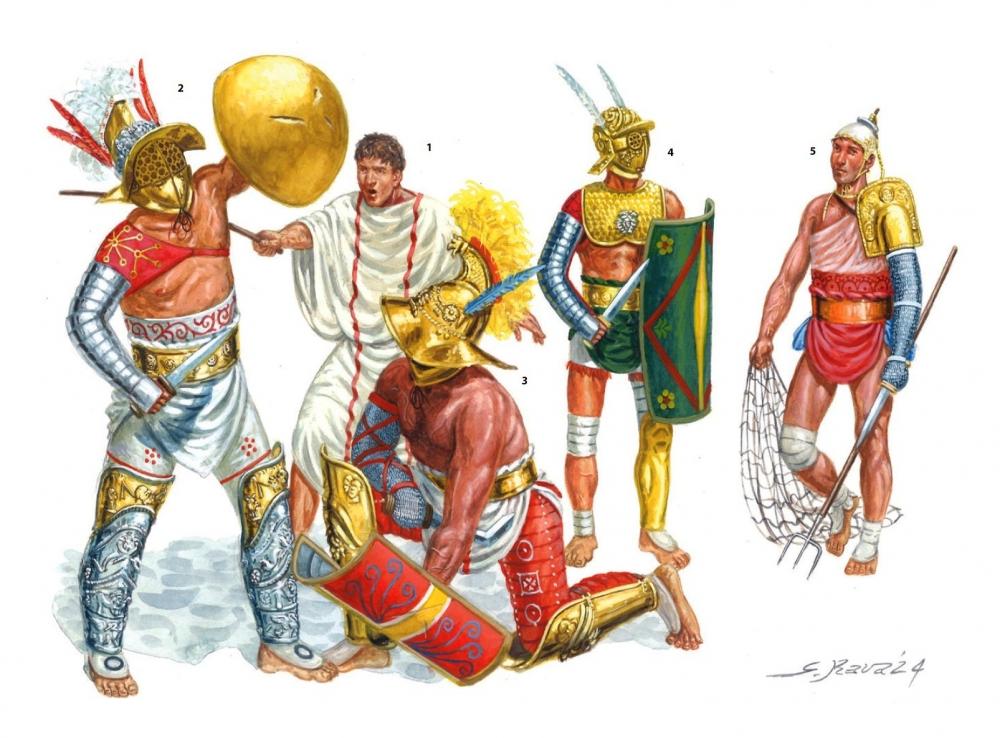
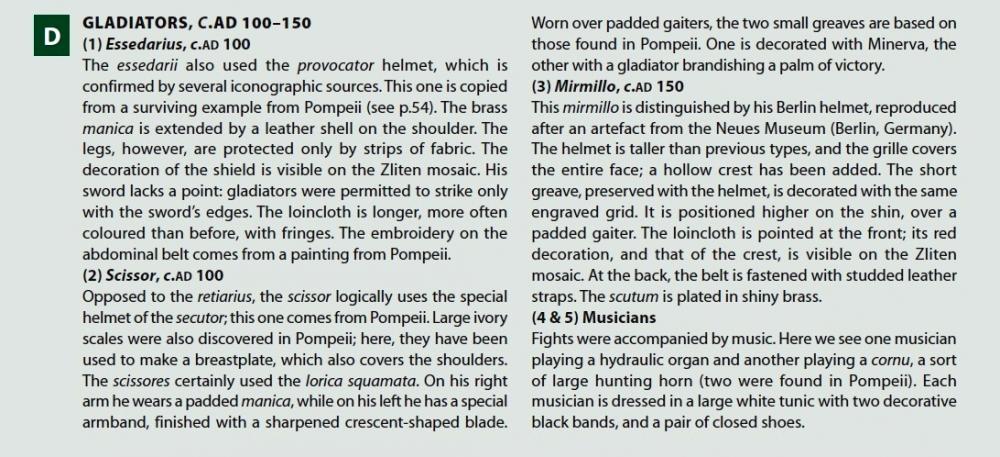
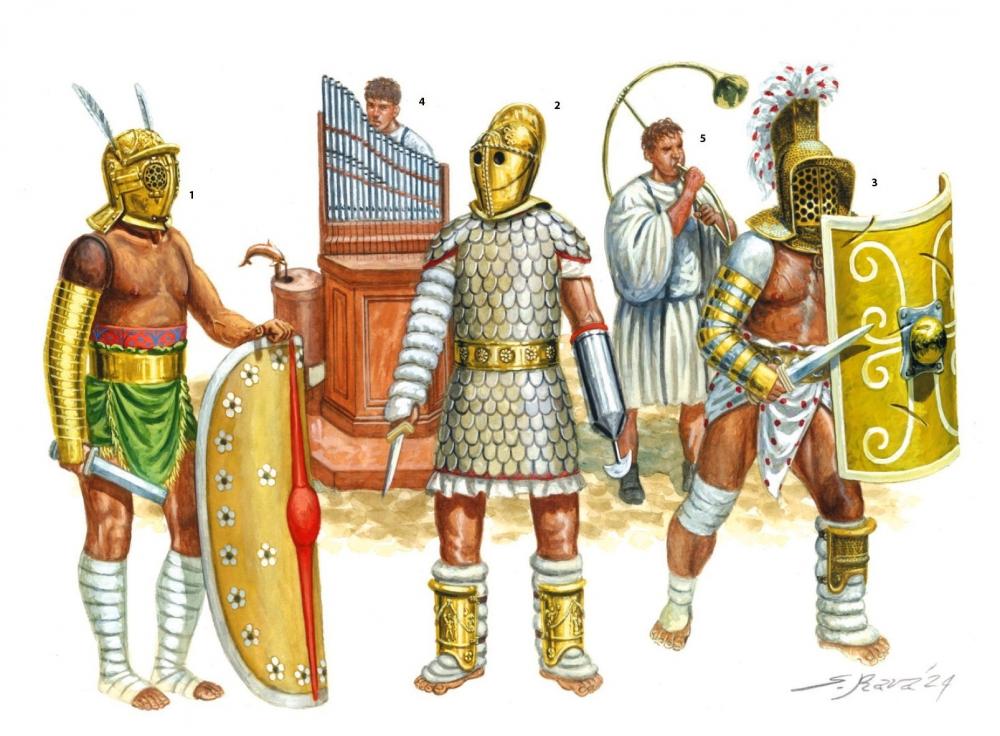
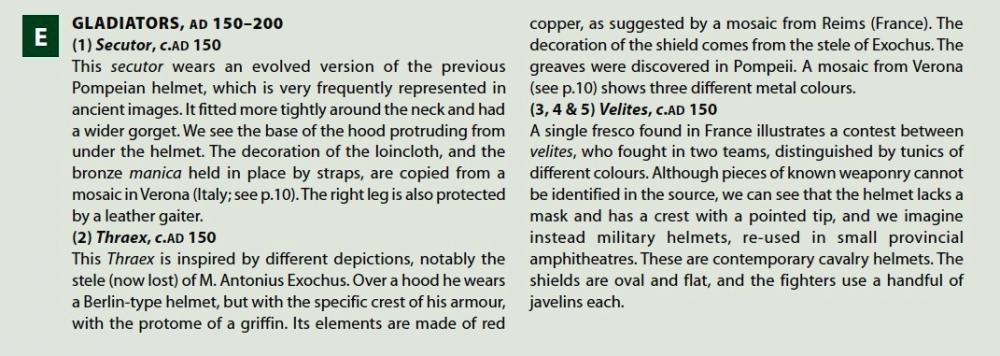


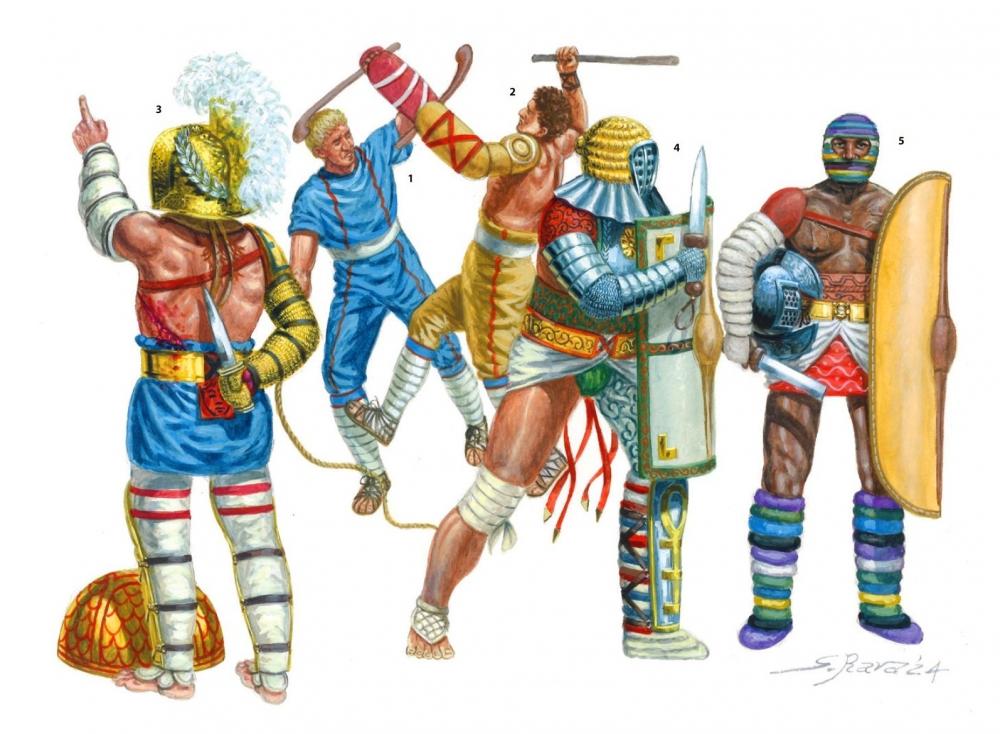



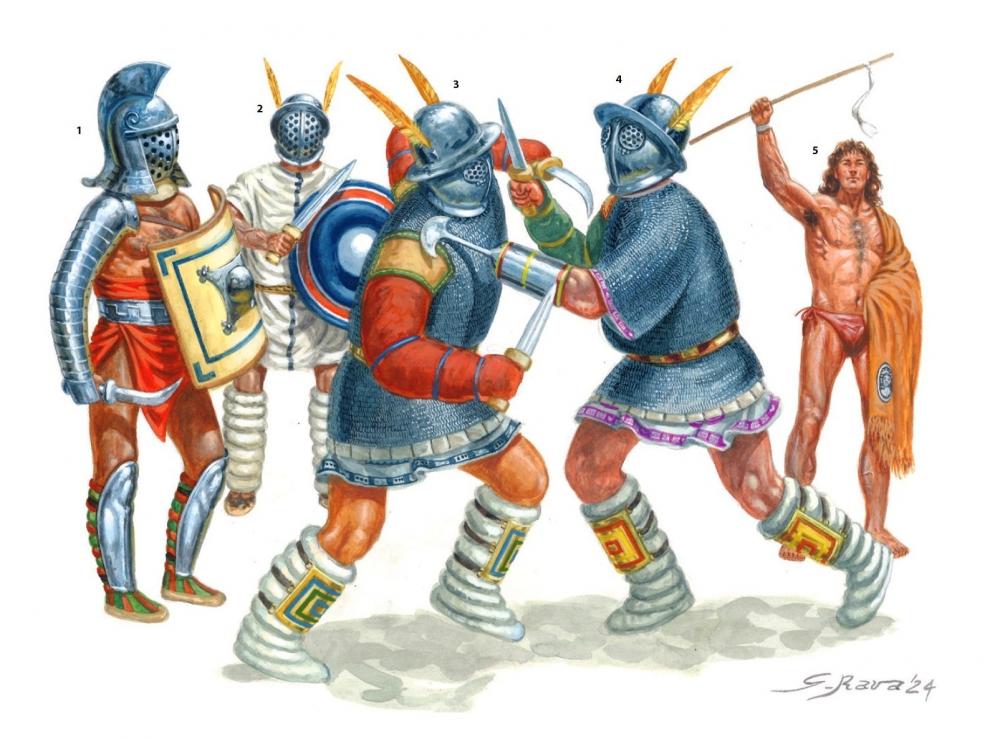

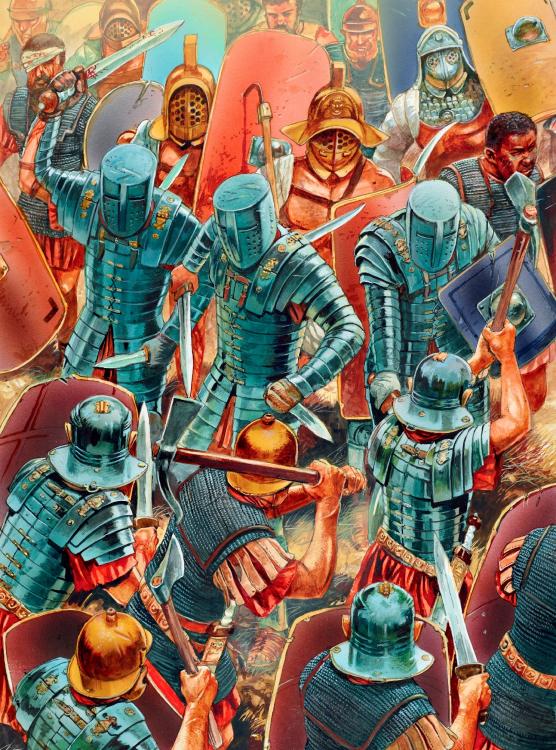
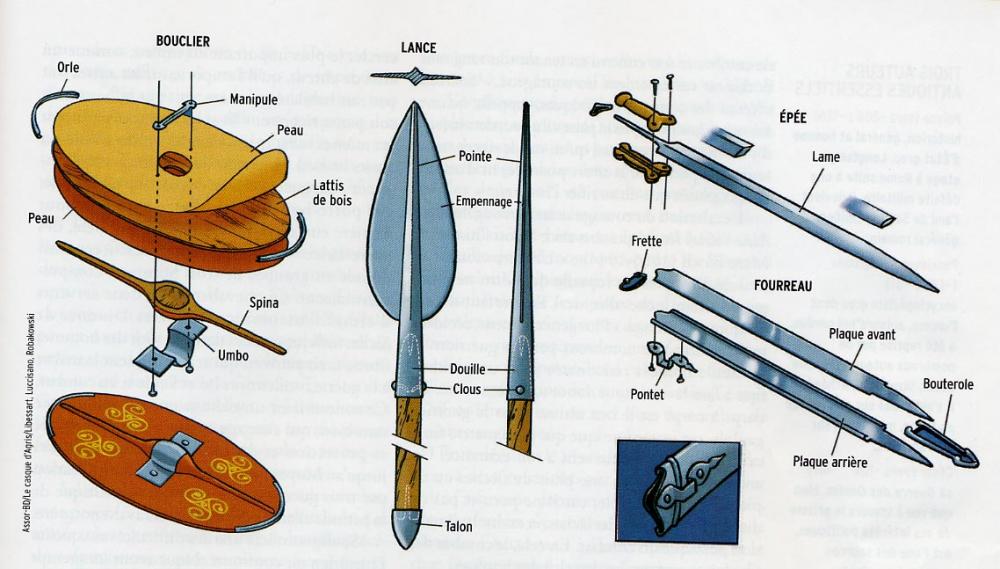

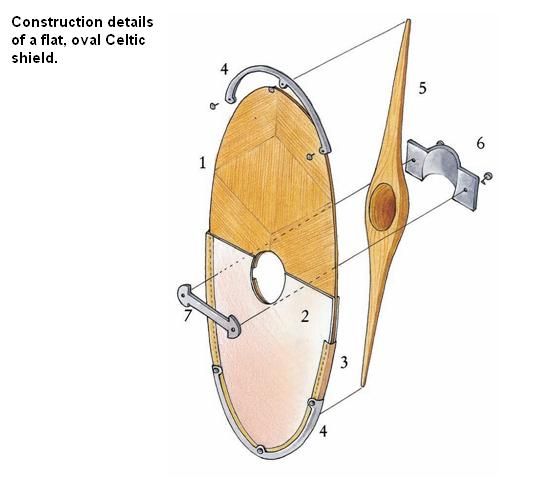

Civ: Germans (Cimbri, Suebians, Goths)
in Delenda Est
Posted
slōgijanaz / slōgijanōz based on slahaną, meaning slaughterer, striker